Feline calicivirus (FCV) is a common viral infection of domestic cats. The virus causes upper respiratory disease that often closely resembles Feline Viral Rhinotracheitis (FVR), and both viruses can cause the syndrome known as “Cat Flu”, with generalised inflammation of the upper respiratory tract and eyes, leading to sneezing, bilateral ocular discharge, a high temperature, dullness and inappetence.
While most cats eventually recover, fatalities do occur, and many recovered cats become chronic carriers of the virus. Vaccines given to kittens, with booster vaccinations in later life as needed, ensure that FCV is usually effectively controlled in pet cats. Colonies of feral cats can suffer serious problems from the virus. There are nearly fifty strains of Feline Calicivirus, causing disease of variable virulence and severity.
Quick Overview: Calicivirus in Cats
Feline Calicivirus Transmission
Feline Calicivirus is shed from infected cats primarily in discharges from the eyes, nose and mouth, and it can also be found in blood, urine and feces. Cats can be infected by direct cat-to-cat contact (droplets can carry the virus for a distance of up to 1.5m) and also via fomites (e.g. food bowls, water bowls, litter boxes etc).
Careful cleaning and disinfection is important when treating infected cats to prevent accidental transmission of the virus.
Calicivirus Symptoms
The acute form of calicivirus can cause upper respiratory symptoms, including a runny nose and eyes.
The clinical signs of Feline Calicivirus infection vary from cat to cat, from asymptomatic carriers to varying degrees of upper respiratory disease (from mild to severe). Rarely, the disease can even be fatal.
The acute form of the disease usually causes typical upper respiratory signs, which include nasal discharge and sneezing, along with conjunctivitis and ocular discharge. Many cats develop distinctive ulcerations on the tongue, gums, hard palate (roof of mouth) and lips. Pyrexia, dullness and inappetance are commonly seen.
In some cases, pneumonia may develop, with coughing and difficulty breathing. Less commonly, lameness can occur due to involvement of the joints. More virulent strains of FCV may cause other serious signs, including jaundice, edema of the head and limbs, and ulcerations elsewhere on the body.
Some cats develop the chronic (long term) signs of disease, which can include gingivitis and nasopharyngeal polyps, as well as shedding of the virus into the long term. Around 80% of cats that recover from FCV go on to become chronic carriers of the virus.
Calicivirus Treatment
In theory, anti-viral therapy (such as interferon or immunoglobulin therapy) may be given, but in practice, this is rarely used.
Instead, the focus is on supportive therapy, keeping affected cats comfortable while the cat’s own immune system deals with the virus.
- This supportive treatment may include general nursing, antibiotics to control secondary bacterial infection, phenylephrine nasal drops as a decongestant, intra-venous fluids to combat dehydration, and nutritional support.
- Affected cats often lose their sense of smell, resulting in simultaneous loss of taste, so it’s helpful to offer highly palatable foods with a strong, attractive odor, warming food in the microwave to make it more appealing.
- Cleaning of discharges from the eyes and nostrils several times daily is important, using cotton wool moistened with warm water. It can help to add 1 teaspoonful of salt to 1 pint of water.
Most (but not all) cats gradually recover from the acute, active, phase of illness over a period of 7 – 10 days.
Calicivirus Vaccine
Vaccination against feline calicivirus is the best way to prevent this condition.
Effective vaccination against FCV is available: this is part of the routine FVRCP vaccine that’s given to kittens, with adult cats being given regular booster vaccinations at intervals appropriate to their lifestyle. In general, the primary series of vaccinations against FVRCP should be given to all kittens and cats.
Indoor adult cats may be given booster vaccinations every three years to maintain minimal immunity. Cats that go outside, mingling with other cats, or cats that go to boarding catteries or shows, may be given an annual booster vaccination, but this is a topic for discussion with your own vet. Vaccinations should be given at intervals based on an individual risk assessment for each patient.
Current advice from the American Association of Feline Practitioners (AAFP) Panel recommends that the first dose of vaccine should be given at 9 weeks of age, a second dose at 12 weeks, and a third dose at 16 weeks of age. A booster vaccination should then be given one year later, followed by further boosters every three years.
These recommendations are based on an “average” cat, and it’s always worth discussing your own cat’s needs with your own veterinarian.
Can Calicivirus Be Transmitted from Cats to Humans?
The chronic form of calicivirus describes the common situation where a cat recovers from acute calicivirus infection, but they then carry the virus in their system for the rest of their lives, intermittently showing clinical signs (e.g. if they get stressed) and shedding the virus too. The virus cannot be transmitted to owners, but there is a general rule that if you have a sick cat (e.g. sneezing etc) then you should not allow them to come very close to you, or to sneeze in your face. There is a low risk of you picking something up, but even a small risk like this should be avoided, by reducing the contact between you and your cat at these times.
Conclusion
Along with Feline Viral Rhinotracheitis (FVR), Feline Calicivirus (FCV) is one of the most common viral infection of cats, with one or both viruses causing the syndrome known as “cat flu”. The disease can be prevented by vaccinations which should be given to all kittens, and to adult cats as needed depending on their individual risk.
Frequently Asked Questions
Can calicivirus in cats be cured?
The mortality rate from feline calicivirus infection is low, but unfortunately, the disease is fatal in some individual cases. Most cats do make a full recovery from the acute form of the disease, but even then, the virus is often not eliminated entirely from the body. It’s common for cats to suffer from low grade, chronic disease (such as gingivostomatis) and to become chronic shedders of the virus.
What kills calicivirus?
There is no effective drug that kills calicivirus in the living body. The virus can be difficult to kill in the environment too, surviving for up to a month on surfaces. Specific disinfectants (such as bleach or chlorine dioxide) should be used to clean areas that have been in contact with infected cats.
Is calicivirus deadly?
While most cats recover from Calicivirus infection, it can be fatal, especially in animals with poorer immune systems, such as kittens or immunocompromised cats (e.g. those with FIV). Furthermore, there are some more virulent strains that have a mortality of over 50%, even in adult cats.
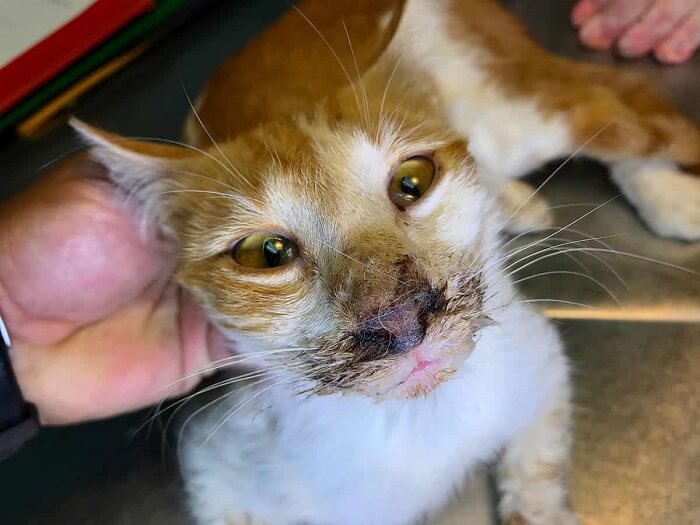
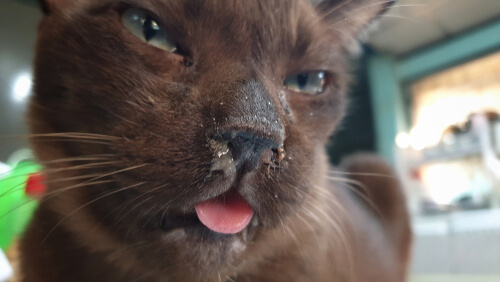
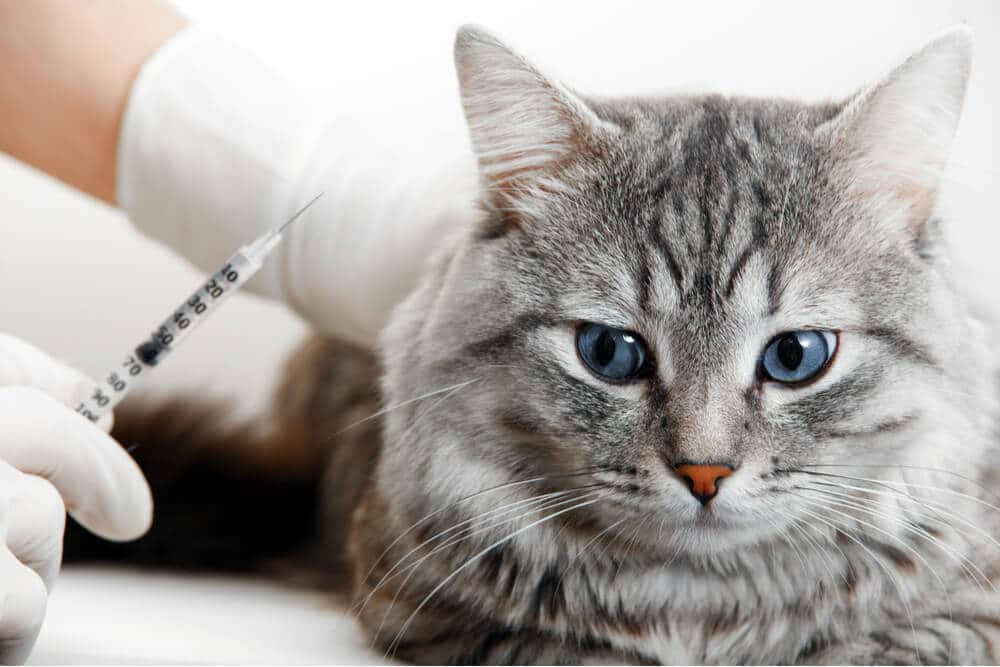


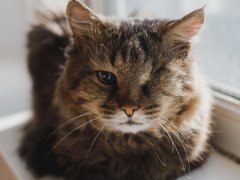
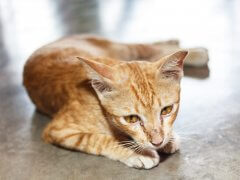


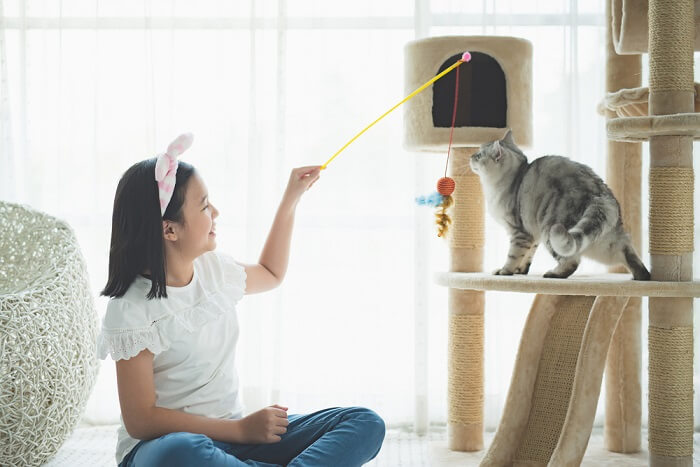
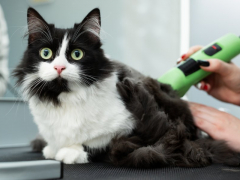
Thanks for sharing valuable information. These links are really helpful for us. Thanks
My cat who I adopted about a month ago from a shelter has the calicivirus. They also removed all his teeth due to an infection. I took him to the vet who recommended lyzine for his conjestion and sneezing. Cedric has no sense of smell and will only eat dry food. Does anyone have a similar situation with their cat? He sneezes all the time with lots of mucus spraying everywhere. I have offered him wet food, fresh fish,,,,,nothing interests him.
Hello Nancy, apologies for the late reply. I’m afraid I can’t share anything more than what’s been written in this guide. I’m not sure if this is still an issue for you, but you can learn more about stimulating a cat’s appetite here: https://www.petmd.com/blogs/nutritionnuggets/cat/dr-coates/2014/december/getting-cats-eat-even-when-theyre-sick-32367
I have my adopted cat and seems to have this kind of virus, im so attached to her and i name her snow becuase of her white hair, its very heart braking seeing your pet suffering. Can some tell me what medicine should i give? I cant really afford to see vet. Hoping you could help me prescribe medicine. Willingly to share some of her photos as a proved
Nursing is an important part of caring for a cat with a virus, ensuring that they get plenty of high quality cherishing, with tasty food in small amounts, fresh water, warmth, comfort, cleaning away discharges from nose and eyes etc. But ultimately, potent prescription only treatments like antibiotics and safe pain relief are often needed. So please do all you can to find some professional care to help you and your pet.
Once a cat has had this can they be reinfected? We adopted two cats one had it bad the other just a few sneezes. We are keeping them apart for now but if we put them back together and one is a lifetime carrier will they keep getting sick again? or once they recover are they done? they will be indoor housecats with no access to other cats.
Yes, cats can be reinfected e.g. with a different strain of the virus, so it is always best to keep cats apart if one has severe signs of respiratory disease.
Hi, I take care of a colony of kitties so taking them to the vet is out of the question. One kitty I believe has this cat flu really bad and now the rest are starting to sneeze and I’m just heartbroken for them all. I feed them well they are all healthy and have warm dry sleeping areas. I have even let them come in to my house mmmmm not so sure that was a great idea lol but I’m trying to socialize them so I can eventually find them homes. Anyway, I don’t know how to treat them. One is really bad and has dark bloody looking boogers on it’s little nose and sounds just horrendous, I am just beside myself I don’t know what to do. She is the smallest of all the kitties and has always looked like she isn’t as healthy as the rest. I am sure she also has bacterial infection going on. If I put antibiotics in the chicken broth they will all be getting it because I can’t separate her from the rest or do the things you can do with domesticated pets. Any additional help you can offer for feral kitties or organizations that could help trap them would be amazing. They need TNR or I am going to end up with a much bigger problem than the flu . I can’t seem to find help with that either.
I moved to a small town in Wyoming pop250 and the residents of pretty much the entire state have a barbaric attitude toward feral cats. It’s horrendous and shocking to me. They need to be educated. My hope is that I can do this for the greater good of all.
This is very difficult Lori. The primary issue is the viral infection, and you will give the most benefit by simple good nursing – a warm place to live, good nutrition, and cleaning the eyes and nose twice daily (if you can manage it). Ideally, feral cats need to be trapped and the best people to help depend on your precise locality – you should ask around local vet clinics to see if they know anyone who might help. If it comes to it, you could buy a cat trap yourself online, and proceed with the task of trapping cats, taking to vets etc, but it is not at all easy when you do not have experience of this. You could try contacting the Humane Society or Ally Cat Allies to see if they can make any helpful suggestions. Good luck and keep up your good work.